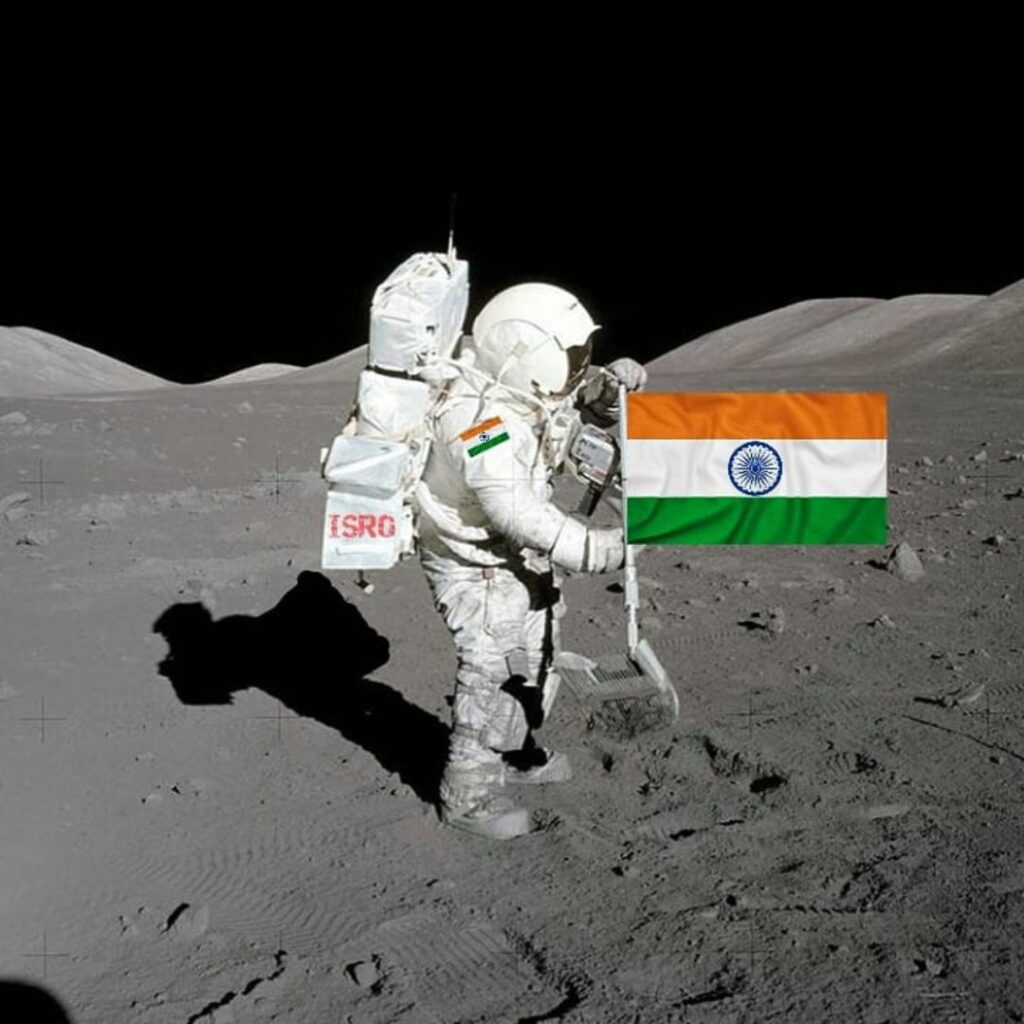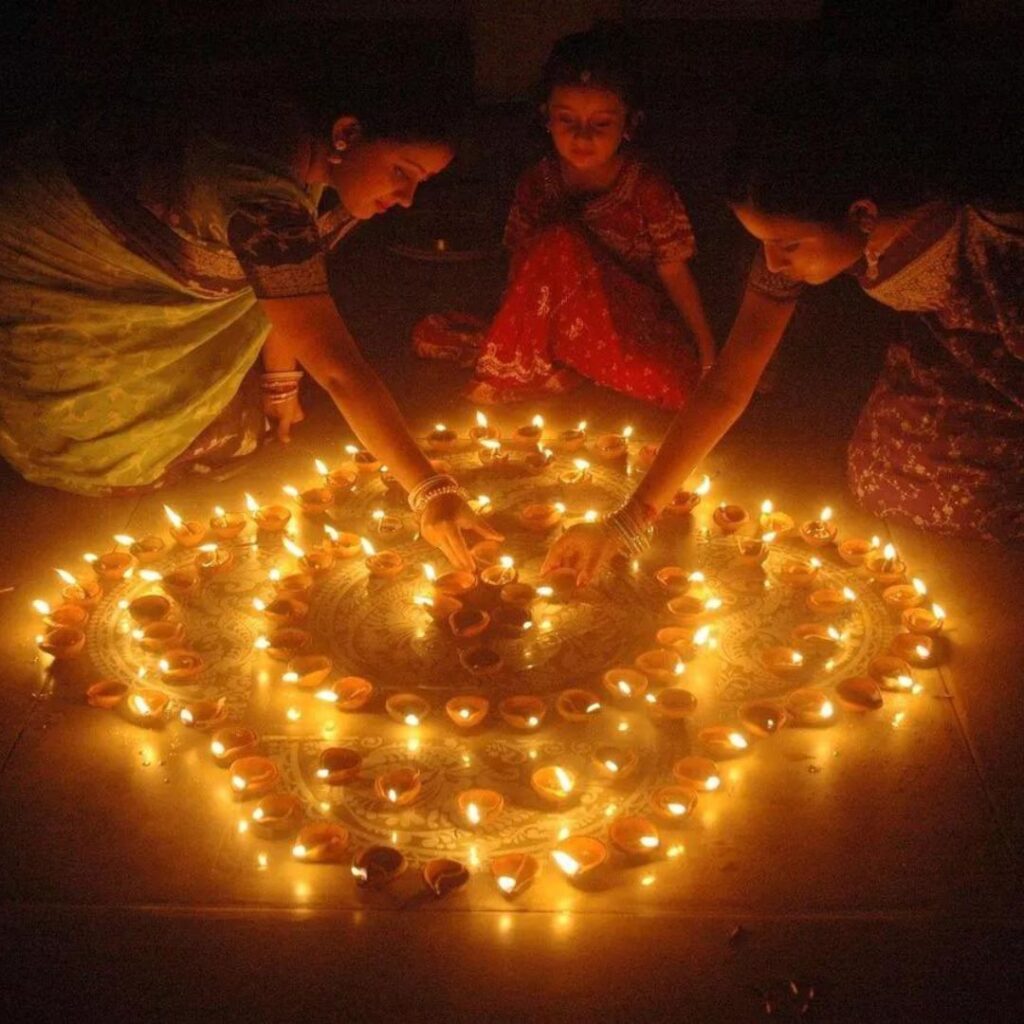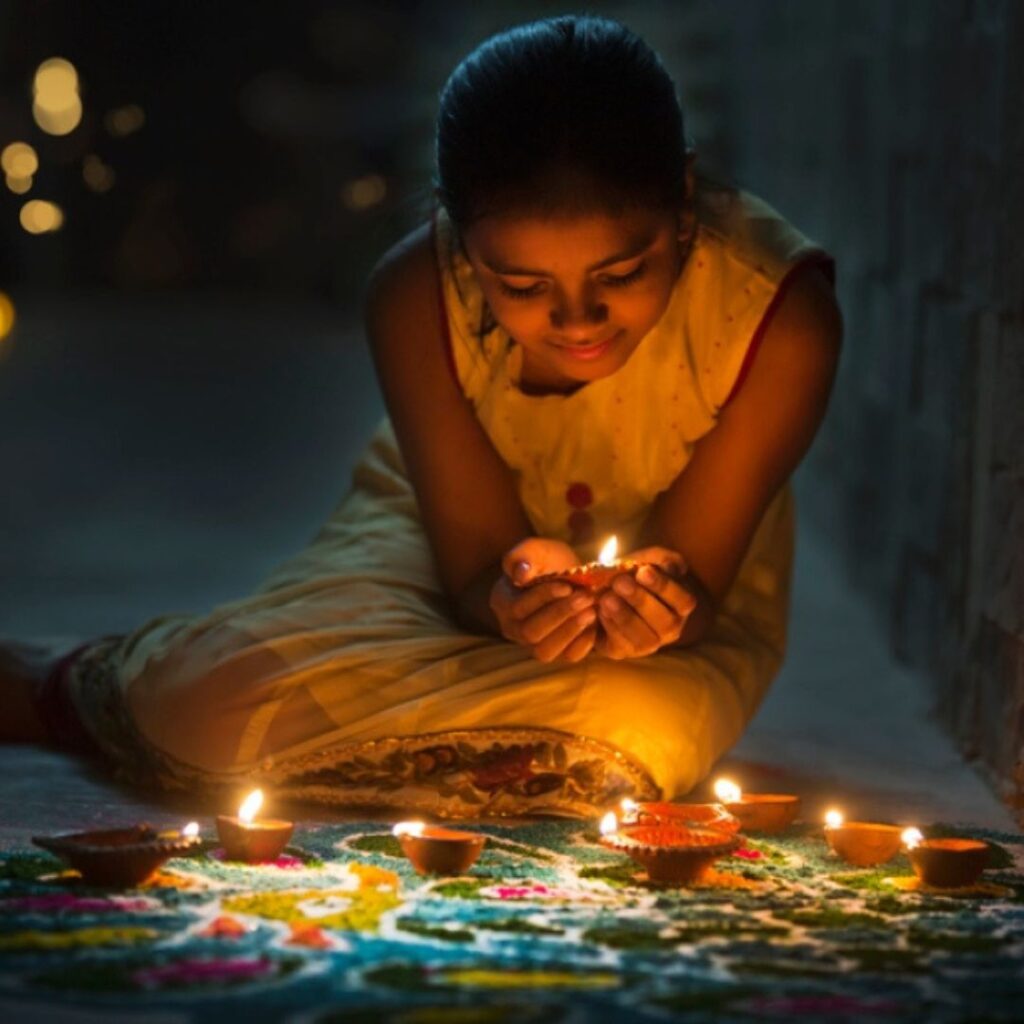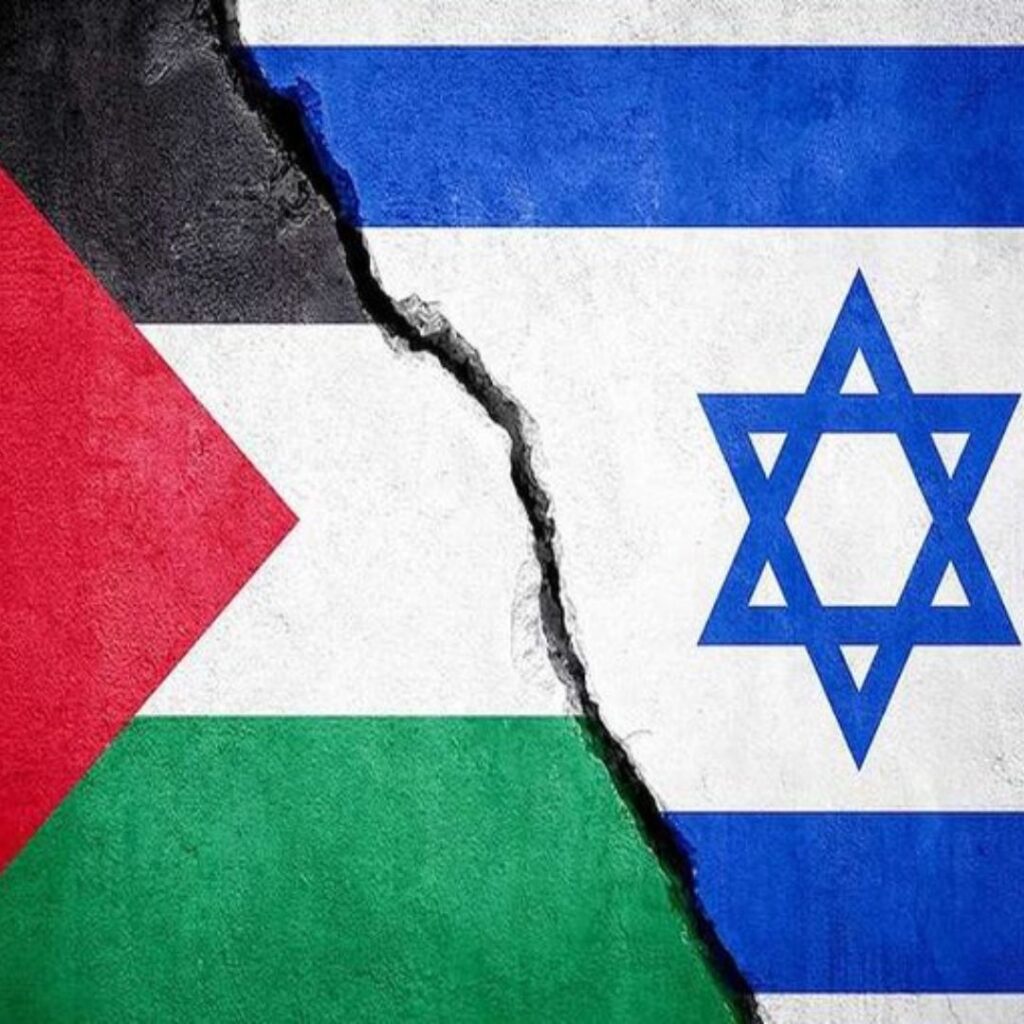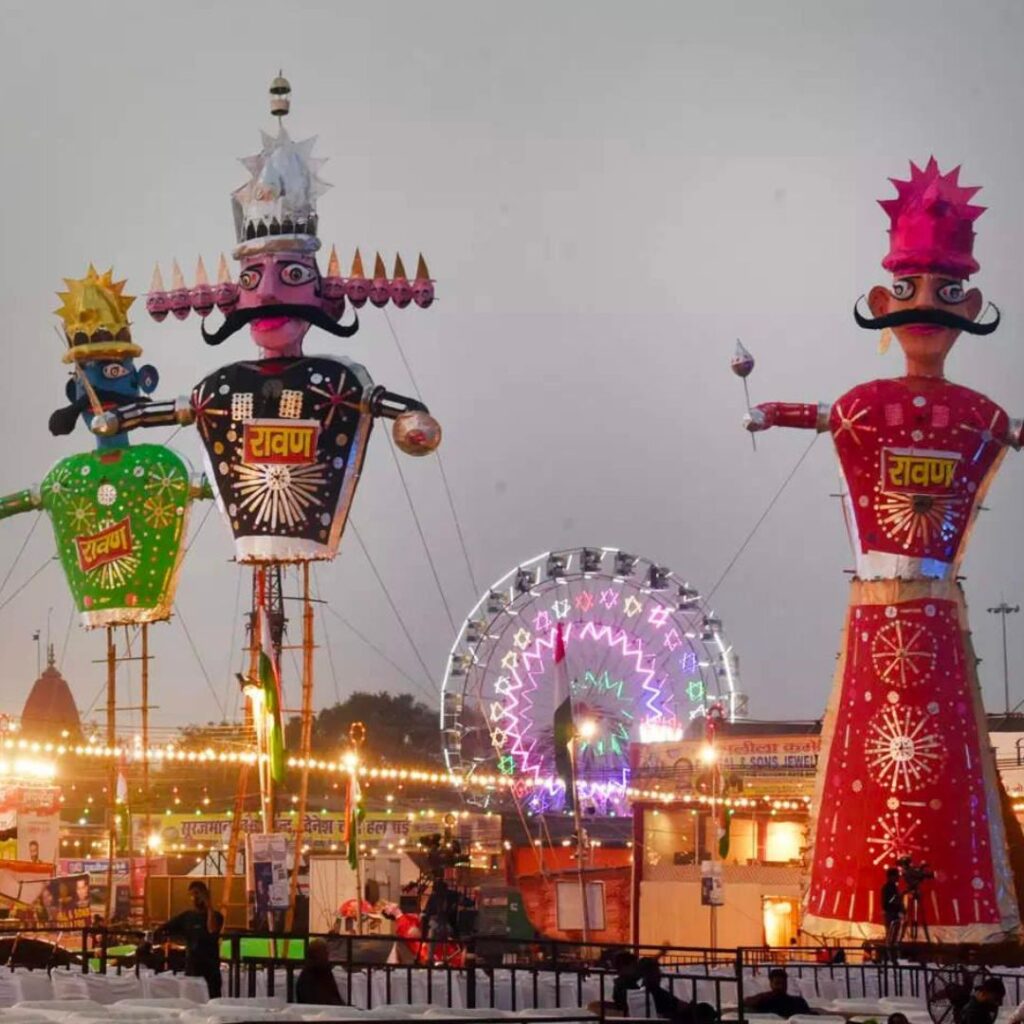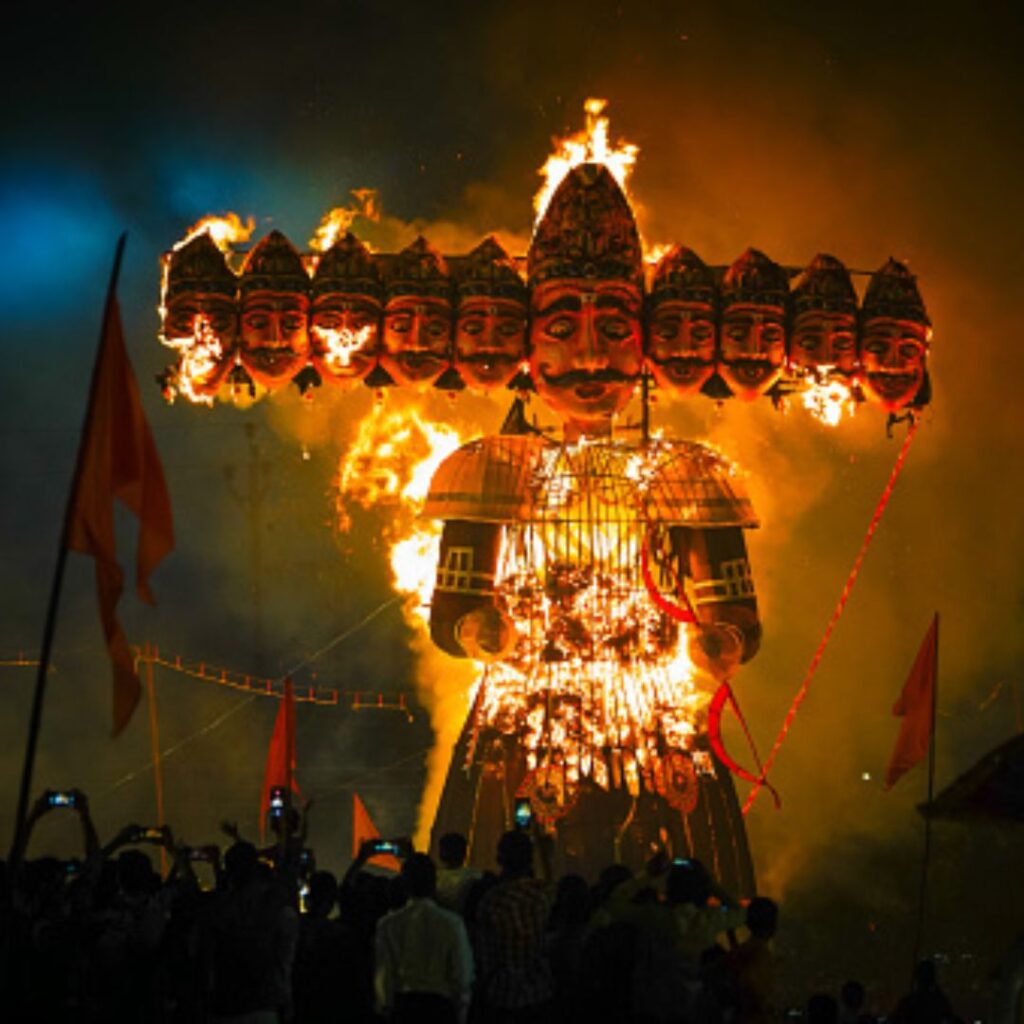Checkout India’s Spacecraft That Will Take Humans To Space
The ISRO released pictures of the Gaganyaan spacecraft, which will take humans to space in 2025. The Gaganyaan project plans […]
Checkout India’s Spacecraft That Will Take Humans To Space Read More »

